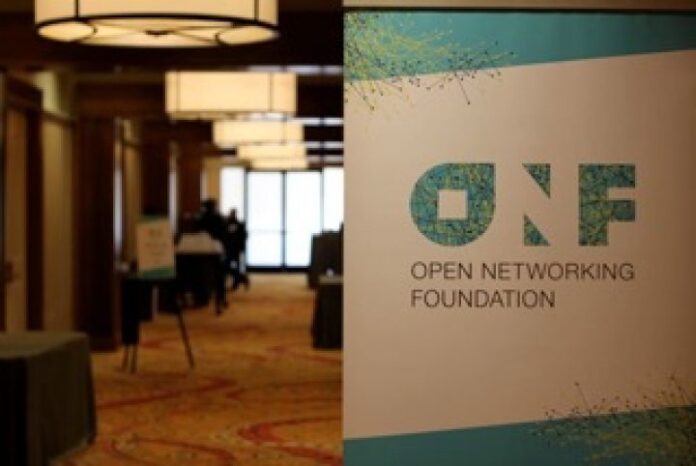ONF launches CORD 4.1
The Open Networking Foundation (ONF) announced that Central Office Re-architected as a Datacenter (CORD) has undergone some significant changes with the release of CORD 4.1 in order to provide a single platform for multi-access edge cloud.
CORD is an architecture of the Telco Central Office (CO), which consists of a host of purpose-built devices assembled over 50 years. The hardware comprising CORD consists of a set of commodity servers tied together by a fabric made of white-box switches.The purpose of CORD is to make CO a major part of Telco’s cloud strategy, enabling them to offer more services on demand. Multi-access edge computing (MEC), by contrast, refers to a network architecture designed to reduce network congestion and boost applications by performance processing tasks closer to end users.
According to the ONF, CORD 4.1 providers a single distribution that supports all subscriber types, including residential, mobile and enterprise, marking a step toward supporting all of an operator’s subscribers from a common shared edge cloud infrastructure. Before the release, CORD was available as a base distribution with residential support (R-CORD), with separate virtual network functions (VNFs) for onboarding support of either mobile or enterprise subscribers.
As part of the release, ONF placed significant attention on how CORD is transforming the edge of an operator’s network. According to the foundation, CORD makes possible the wholesale transformation of an operator’s edge infrastructure, reconfiguring it into edge cloud with commodity whitebox hardware. CORD 4.1 includes software-defined networking (SDN) control, leveraging Trellis — built on ONOS — as a data center fabric.
“CORD 4.1 enables operators to create custom distributions with optimizations targeting their specific market and customer base,” said Robert Soukup, senior project manager, Access 4.1, Deutsche Telekom. “At Deutsche Telekom we spearheaded this type of deployment by setting-up and testing the first Multi-Access CORD distribution by merging residential and mobile service VNFs into a single platform.”
ONF reports CORD 4.1 includes more than 25 different open source VNFs, including residential broadband subscriber management, disaggregated mobile core (EPC) and enterprise VPN services. The foundation said it has more than 60 contributing organizations. AT&T, China Unicom, Comcast, Deutsche Telekom, Google, NTT Group, Turk Telekom and Verizon serve as operator partners.

